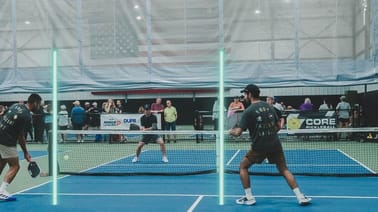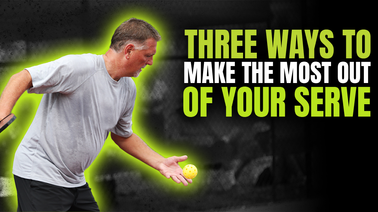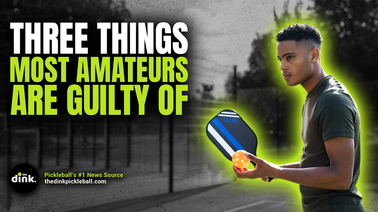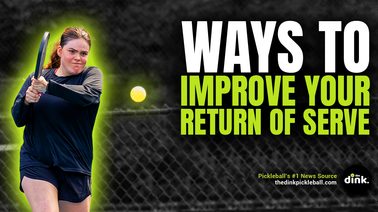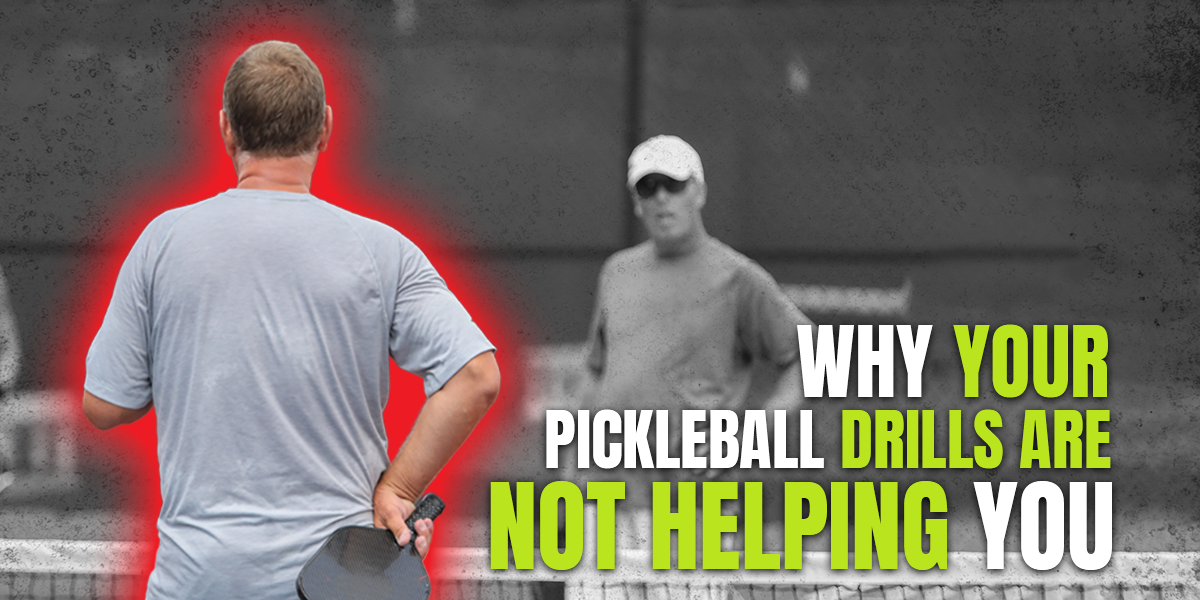
Your Pickleball Drills Are Not Helping You Get Better, So Do This Instead
The old adage goes, “You play like you practice.”
Yet, so many pickleball players do less-than-optimal drills that don’t translate to actual games.
This is a huge mistake. If you’re going to spend time honing your craft, you should do it correctly.
Here’s how to make the most out of your pickleball drilling.
Stop the co-op
I get it. It’s hard to find drilling partners, and you typically want to be nice to them so they’ll keep practicing with you. However, when you just do cooperative drills back and forth, you’re not really helping each other get better.
An example of a cooperative drill is if you’re practicing resets and your drilling partner hits lollipops back to you, making it easy to reset the ball. Instead, you should have them hit rockets toward your ankles and feet. That’s the type of shot you’ll need to defend during a game, so it makes sense to see harder-hit balls during practice.
Another example is if you’re practicing dinks, but neither of you speeds up the ball on a dead dink. Why? During an actual game, if you (or your opponent) see a dead dink, it’s a green light all the way.
Practice how you want to play. If your drilling partner hits a soft dink your way, make them pay for it. Tell them to do the same to you.
Do this drill instead
Practice resets the right way. Have your drilling partner stand at the NVZ line and hit strong overheads and forehand rolls at your feet and ankles. You stand either at the baseline or in the transition zone. Focus on getting the ball back into their kitchen.
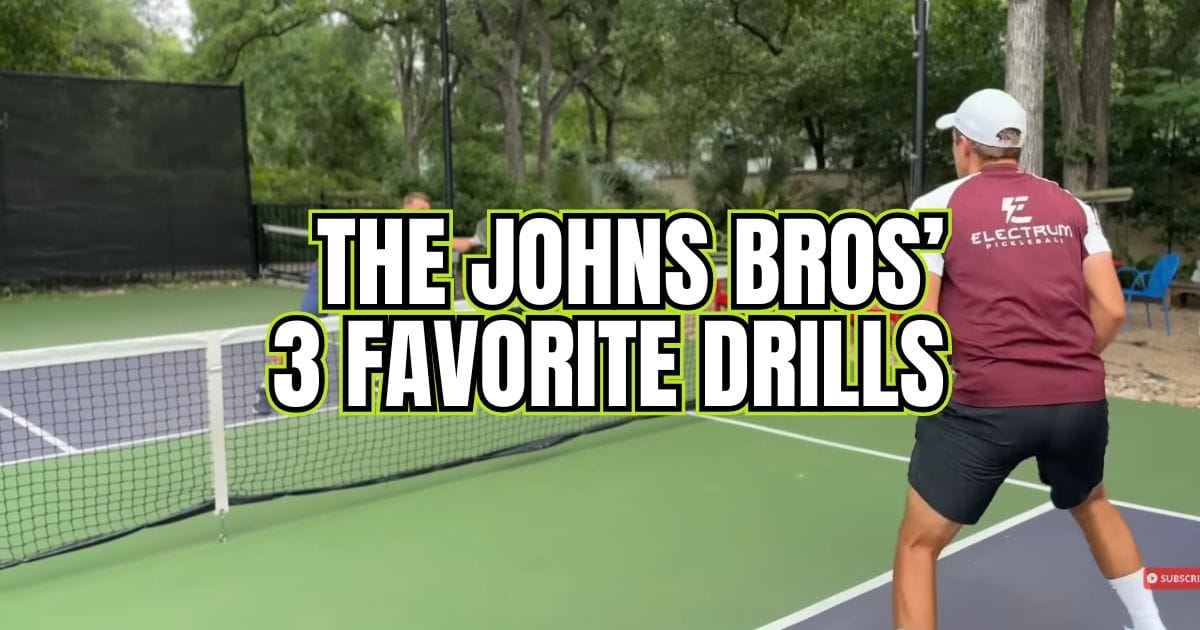
Then switch.
Don’t drill just to drill
Another mistake made during drilling is when players practice something repeatedly, but there are no stakes involved. No matter what drills you do, you should find ways to keep score. If it’s a dinking game, play it until one of you reaches seven points.
In pickleball, we keep score. In practice, you should, too. If you really want to make it competitive and meaningful, put something on the line. Maybe the loser buys drinks or pays for the court time. Do whatever you have to do to raise the competitiveness level.
Do this drill instead
Practice cross-court or straight-ahead dinks, but make one person the attacker and the other the defender. The attacker has to hit speedups, no matter what. The defender can only hit dinks. Switch after every point. Play to seven or eleven.
Don’t just play skinny singles
On a recent episode of the KOTC podcast, pro pickleball coach Jason Peery discussed a type of drill he likes to do that he calls “Blood Drills.” Essentially, these are high-intensity drills in which each player holds nothing back.
He trains pros, so it makes sense to take this approach.
We are not pros, but if we truly want to improve, we must practice like it. What better way to show you left it all out on the court than to leave a bit of yourself out there on the court?
Actually, don’t do that. I don’t want a bunch of e-mails from pickleball clubs complaining about blood splatter on their floors.
Instead of blood drills, maybe we call them sweat drills.
Do this drill instead
Any drill works for this. The key is to make it as intense as you can. Imagine you’re playing in the championship game of a tournament instead of just drilling with a friend. Hire a tennis player to hit forehands at you if you have to.
If you’re not sweating through multiple shirts like Tyson McGuffin in Kansas City in mid-August, you’re not doing it right.
|




